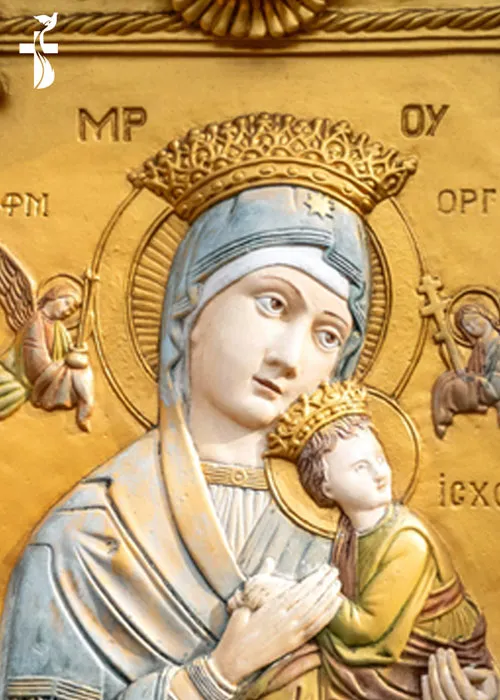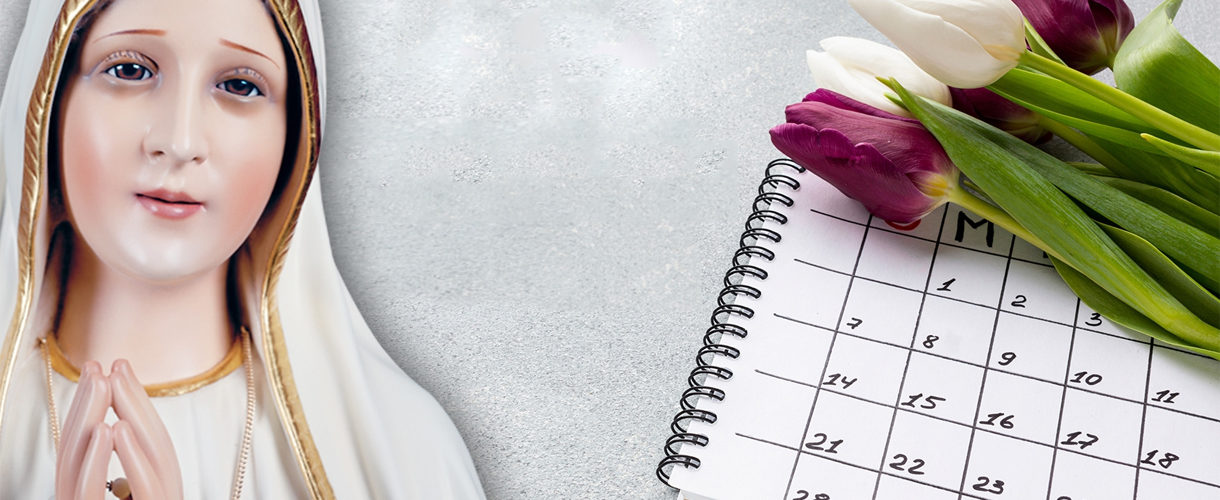
Our Lady Of Kiova Or Kiev
Country : Russia
Year : 1240
Around 862, a band of Norsemen settled in Novgorod and organized the Slavs of that region into an independent state – the nucleus of the future Russia. Kiev, about 20 years later, became the capital. By the end of the ninth century, missionaries from Constantinople had converted many of the inhabitants to Christianity.
During the three succeeding centuries, Kiev became the intellectual and religious center of the country, and numerous convents and monasteries arose in Kiev and the surrounding territory. One of these was staffed by the Dominicans. To it there came in the early years of the thirteenth century a Dominican Father by the name of Hyacinth – St. Hyacinth, the Apostle of the North; also Apostle of Poland and Russia. Hyacinth had a burning ambition to convert the pagans and infidels of China, Mongolia and outer Russia (the tartans), to the Christian faith. In this dedicated task he made numerous journeys, mostly by foot, into the far countries lying beyond Kiev.
During one of these rest periods (1240) word came to the monastery that the Mongols had invaded the country. They had marched across the Caucasus, swept over central and southern Russia and now Kiev itself was in imminent danger of attack by the pagan hordes. Hyacinth, on hearing the tragic news, rushed to the nearby church to save the Blessed Sacrament from capture and desecration. He had removed the Sacred Host from the Tabernacle and was hurrying down the aisle when, according to the story, he heard a voice call out, “Hyacinth, are you going to leave me here at the mercy of the Tartans?” The voice seemed to be coming from the statue of the blessed Virgin on one of the side altars. Hyacinth stopped and turned his gaze toward the statue which was of alabaster, fairly large in size, and obviously much too weighty for one man to carry. What should he do? Then the voice spoke again: “Take me with you, Hyacinth, I will make the burden light”. So, holding the Blessed Sacrament in one hand he picked up the statue with the other, and, to his surprise, found he could easily carry it. Leaving the church, he fled from the city, and saved the Blessed Sacrament and the statue of Our Lady from harm.
Eighty years later after the Mongols had been driven away, the statue was returned to Kiev. That city became the center of great devotion to the Blessed Virgin, and it was natural that people soon gave the statue the name of Our Lady of Kiev.
The statue was later taken to a Dominican convent in Lwow in Poland. What has happened to it, since the Communists took over Poland, is unknown. But surely, Our Lady still pleads to each one of us, “Take me with you; I will make the burden light.” She will always make all our burdens light and bearable, as long as we keep her with us always and everywhere.



